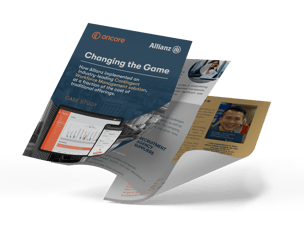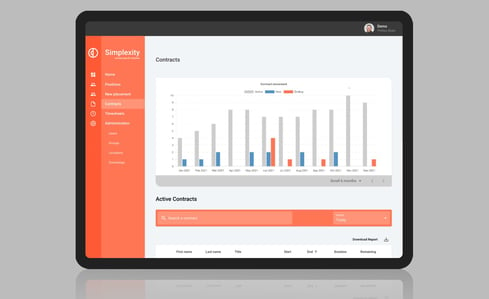In the latest edition of the 'Quarterly Australian Work Outlook' by AHRI, which gauges sentiments from over 600 senior HR professionals and business decision-makers across private, public, and not-for-profit sectors, it is revealed that net employment intentions have declined from +41 in the December 2023 quarter to +33 in the March 2024 quarter.
Although concerns about future economic conditions might have influenced this decline, the sentiment hasn't translated into increased plans to reduce jobs. Redundancy intentions dropped from 1 per cent in the previous quarter to 22 per cent in the March quarter.
Recruitment and Salary Insights
About 36 per cent of employers plan to augment staff levels in the March 2024 quarter, a slight decrease from the previous quarter (45 per cent), indicating a somewhat softened job market. Meanwhile, recruitment intentions have remained steady at 71 per cent over the same period, suggesting that recruitment efforts are more about replenishing staff than expanding the workforce.
AHRI's research indicates a decrease in the number of organisations grappling with recruitment challenges this quarter, with 38 per cent of employers experiencing recruitment difficulties, down from 48 per cent in the previous quarter.
Retention Methods
The average turnover rate in Australian organisations remained consistent with the previous quarter (14 per cent), with the public sector experiencing higher turnover (18 per cent) compared to the private sector (14 per cent).
Simultaneously, a quarter of organisations still report turnover rates above 20 per cent. While some argue that a 'healthy' turnover rate should be below 10 per cent, it largely depends on the industry and organisation.
To address recruitment challenges and alleviate skill shortages, employers are prioritizing upskilling and internal mobility, with 36 per cent providing additional learning and development opportunities to retain key talent.
Given the recent work landscape, it's unsurprising that flexible work arrangements were identified as the primary lever in retention strategies (37 per cent). Improved employee well-being (35 per cent) and coaching and mentoring opportunities (33 per cent) were also common responses. Furthermore, nearly a quarter of respondents (23 per cent) plan to invest in enhancing leadership and management capabilities.
Research suggests that this investment could significantly boost organisational productivity levels. The World Management Survey, spanning 20,000 interviews across 35 countries over almost two decades, indicates that poor leadership contributes to about one-third of global productivity gaps.
Replacing Redundancies
Only three per cent of organisations plan to downsize their workforce in the March 2024 quarter, while redundancy intentions have decreased to 22 per cent.
Low redundancy levels don't necessarily mean organisations aren't facing cost pressures, with 70 per cent of respondents indicating they are implementing strategic measures to avoid or reduce redundancies. These measures include raising prices of products and services (27 per cent), optimising non-staff operational costs (23 per cent), reducing the use of non-permanent staff (21 per cent), implementing recruitment freezes (21 per cent), reducing pay rises/introducing pay cuts (17 per cent), and decreasing bonuses (16 per cent).
Recruitment Biases
A crucial aspect of building a capable, skilled, and engaged workforce is sourcing talent from a diverse range of backgrounds.
AHRI's research found that 6 in 10 employers would exclude individuals with certain characteristics from their recruitment processes, including those with a criminal history (33 per cent), a drug or alcohol problem (29 per cent), long-term sickness or a history of mental health challenges (19 per cent), long-term unemployment history (16 per cent), and neurodiverse individuals (11 per cent).
Nevertheless, a significant portion of respondents expressed willingness to hire talent from marginalised groups. A quarter of those surveyed would hire individuals with few or new qualifications or workers aged 55+, 24 per cent would hire Aboriginal or Torres Strait Islander people, and 19 per cent would hire individuals living with a disability.












_11zon%20(1).jpg?width=302&height=124&name=linkedin-sales-solutions-vqWWOnA6--M-unsplash%20(2)_11zon%20(1).jpg)






-1.png?width=300&name=Contractor%20(6)-1.png)